Jind Tourism
Search related to Haryana Tourism

Jind is a city located in the Indian state of Haryana. It is the administrative headquarters of the Jind district and is situated in the heart of the state. The city has a rich history and culture and is known for its religious and historical significance.
History
Jind has a long and fascinating history. It was ruled by various dynasties, including the Mauryas, Guptas, Mughals, and British. The city was named after Raja Jainti Varman, a king of the Kuru dynasty who ruled the region in the 12th century. The city was an important center of the Maratha Empire and was ruled by the Jind State during the British Raj. The city played a significant role in the Indian independence movement and was the site of many important protests and movements.
Geography
Jind is located in the northern part of India and is situated at an altitude of 220 meters above sea level. It is located at the intersection of two major national highways, NH-44 and NH-709A. The city is surrounded by the districts of Rohtak, Sonipat, Hisar, and Kaithal. The climate of Jind is characterized by hot summers and cold winters.
Demographics
According to the 2011 Census of India, the population of Jind was 1,64,276. The city has a literacy rate of 81.93%, which is higher than the national average. The majority of the population is Hindu, but there is also a significant Muslim population. The city has a cosmopolitan culture and is home to people from various regions and communities.
Economy
Jind is an important center for agriculture and is known for its production of rice, wheat, and sugarcane. The city is also home to a number of small and medium-scale industries, including textile manufacturing, engineering, and food processing. The city is also an important center for trade and commerce and has a number of wholesale markets for agricultural products.
Culture
Jind has a rich and diverse culture. The city is known for its vibrant folk music and dance traditions, including the Phogat dance, Ghoomar, and Jhumar. The city also has a rich literary tradition and is home to a number of writers and poets. The cuisine of Jind is also unique and is known for its spicy and flavorful dishes.
Tourism
Jind is a popular tourist destination and attracts visitors from all over India and the world. The city is known for its religious and historical significance and is home to a number of important sites, including the Jayanti Devi Temple, Ramrai Ashram, and the Pandu-Pidara Fort. The city is also known for its scenic beauty and is surrounded by lush green fields and forests.
- State :
- Haryana
How to Reach Jind
Complete List of Tehsils in Jind District, Haryana
| S.No | Tehsil / Taluk Name | District Name | State Name |
|---|---|---|---|
| 1 | Jind | Jind | Haryana |
| 2 | Jind jind | Jind | Haryana |
| 3 | Narwana | Jind | Haryana |
| 4 | Narwnaa | Jind | Haryana |
| 5 | Safidon | Jind | Haryana |
Discover Exciting Places to Visit in Agra, Uttar Pradesh - Your Ultimate Travel Guide
Are you ready to explore the wonders of Agra, Uttar Pradesh? From the majestic Taj Mahal to hidden gems waiting to be discovered, our travel guide unveils the most captivating
Explore Exciting Places to Visit in Mumbai, Maharashtra - Your Ultimate Travel Guide
Ready for an adventure? Mumbai, in the beautiful state of Maharashtra, is packed with amazing places waiting to be explored! From iconic landmarks to hidden gems, Mumbai has something for
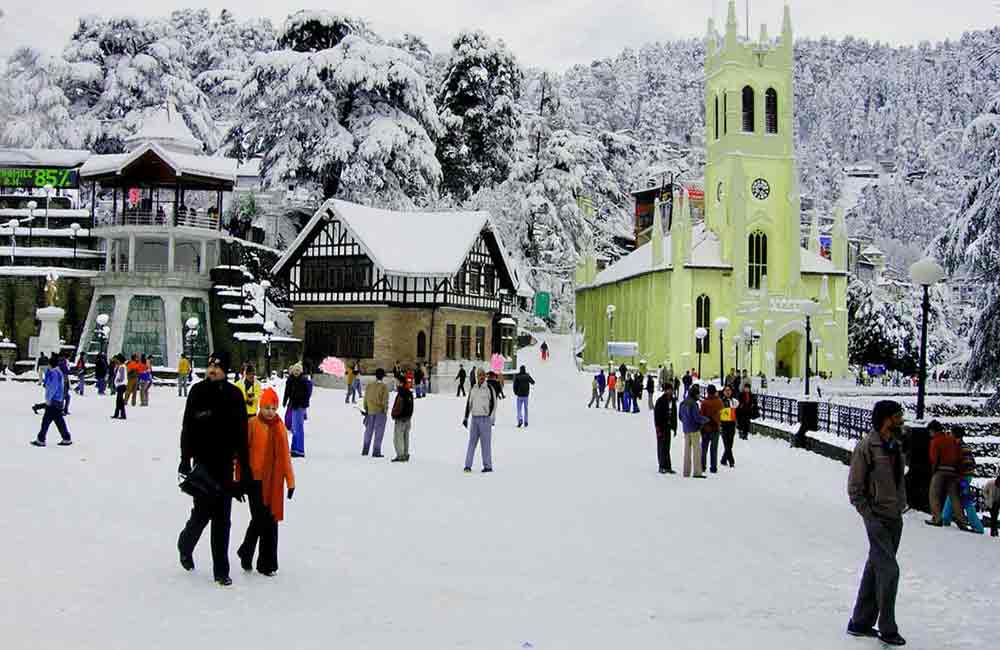
Explore the Wonderful Places to Visit in Manali, Himachal Pradesh - Your Ultimate Guide!
Ready for an exciting adventure? Discover the places to visit in Manali, Himachal Pradesh! From snowy mountains to lush valleys, there's something for everyone. Plan your trip now and explore
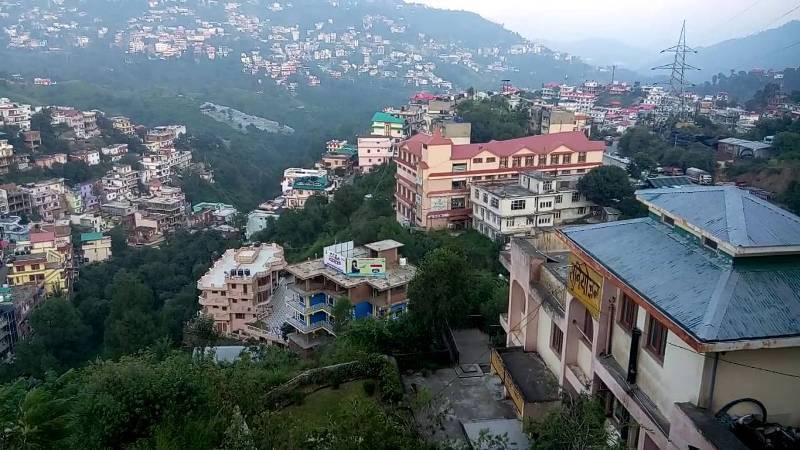
Places to Visit in Solan Himachal Pradesh - Explore the Best Tourist Spots
Discover the enchanting beauty of Solan Himachal Pradesh by exploring its myriad tourist spots. Whether you're seeking adventure or tranquility, Solan has something for everyone. From lush green valleys to
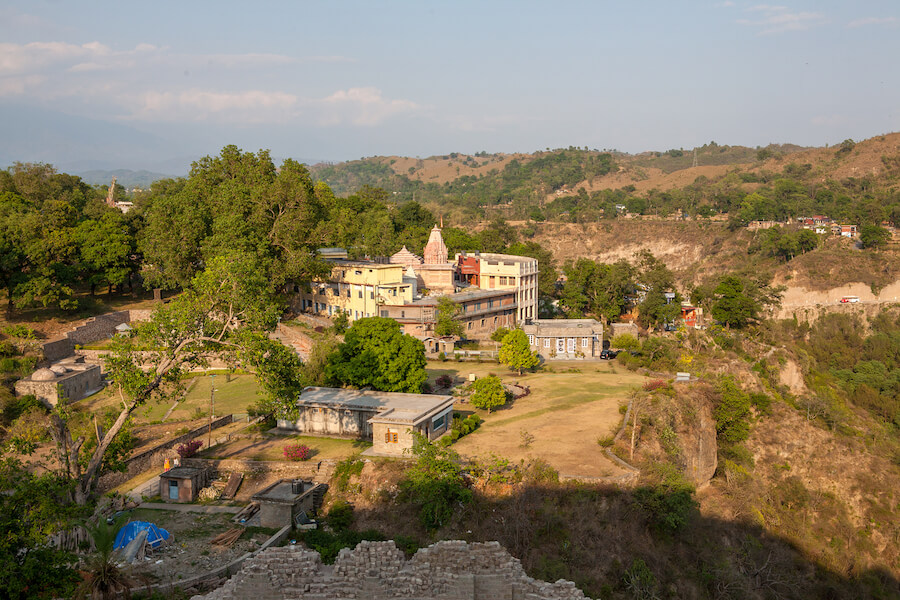
Discover the Best Places to Visit in Kangra, Himachal Pradesh: A Traveler's Guide
Ready for an exciting journey? Kangra, Himachal Pradesh welcomes you with open arms! Explore ancient temples, lush landscapes, and more in this enchanting valley. Let's uncover the best places to

Explore Incredible Places to Visit in Varkala, Kerala: A Guide
Are you ready for an adventure? Varkala in Kerala is waiting for you! Discover the magic of this beautiful place with our guide to the best places to visit. From
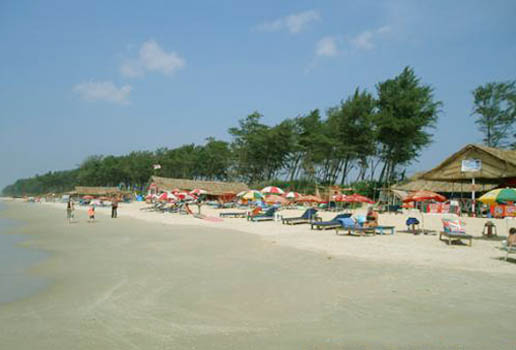
Explore Panaji, Goa: Discover the Best Places to Visit in the City
Ready for an adventure? Panaji, located in Goa, is packed with exciting places to visit. From ancient forts to picturesque beaches, there's never a dull moment in this lively city.

Explore the Best Places to Visit in Thrissur, Kerala – A Perfect Guide for Your Next Adventure!
Are you ready to explore Thrissur, Kerala? Get ready for an exciting journey through this vibrant city! Discover its rich history, stunning landmarks, and fascinating culture. With our guide to
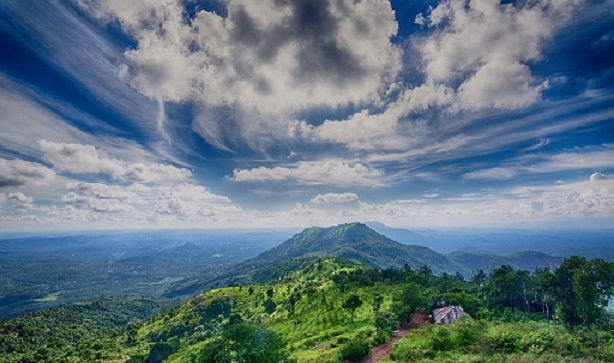
Explore the Best Places to Visit in Malappuram, Kerala - A Traveler's Guide
Dive into the beauty of Malappuram, Kerala with our ultimate travel guide! From picturesque beaches to fascinating historical sites, explore the best places to visit in Malappuram Kerala. Whether you're

Explore the Best Places to Visit in Idukki, Kerala - A Traveler's Guide
Discover the mesmerizing beauty of Idukki, Kerala with our guide to the best places to visit. From breathtaking landscapes to serene lakes, explore the charm of this enchanting destination. Whether

